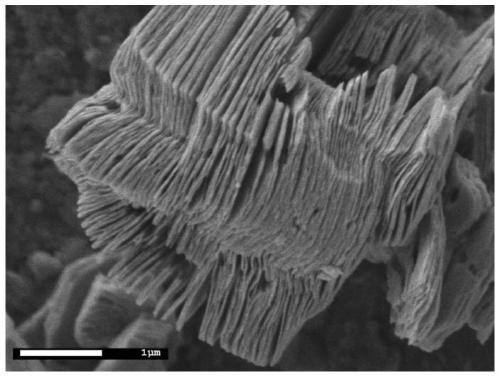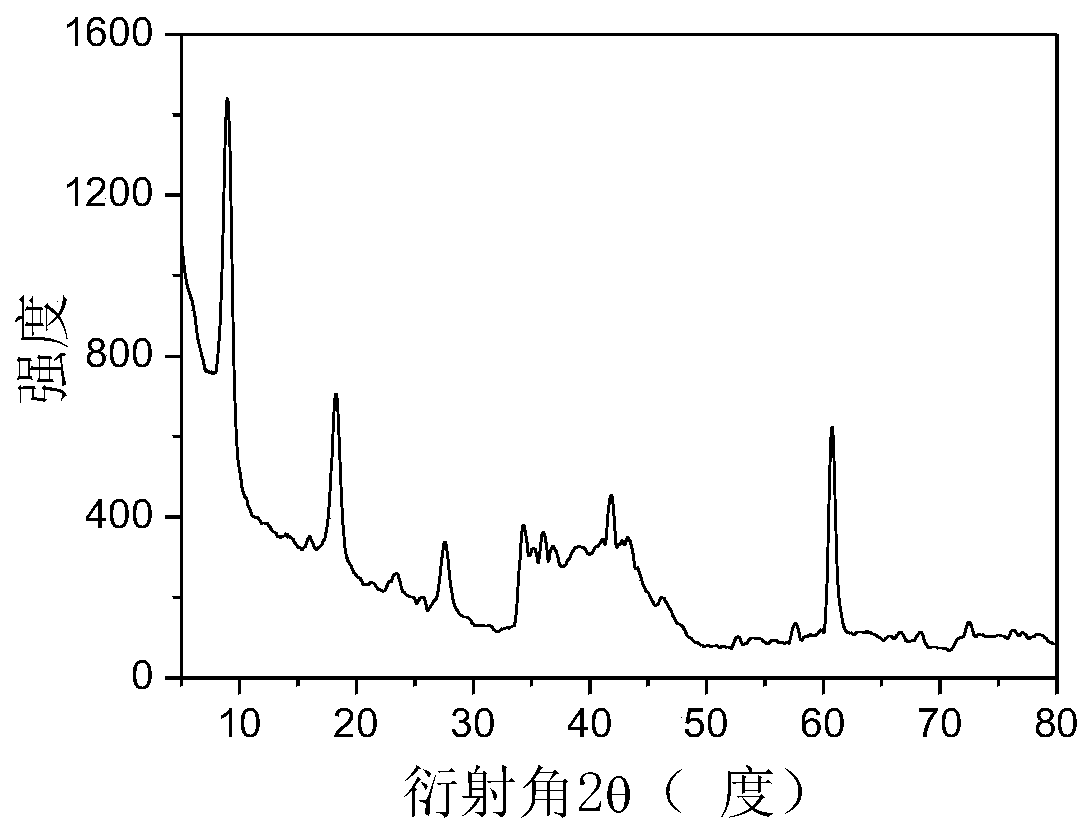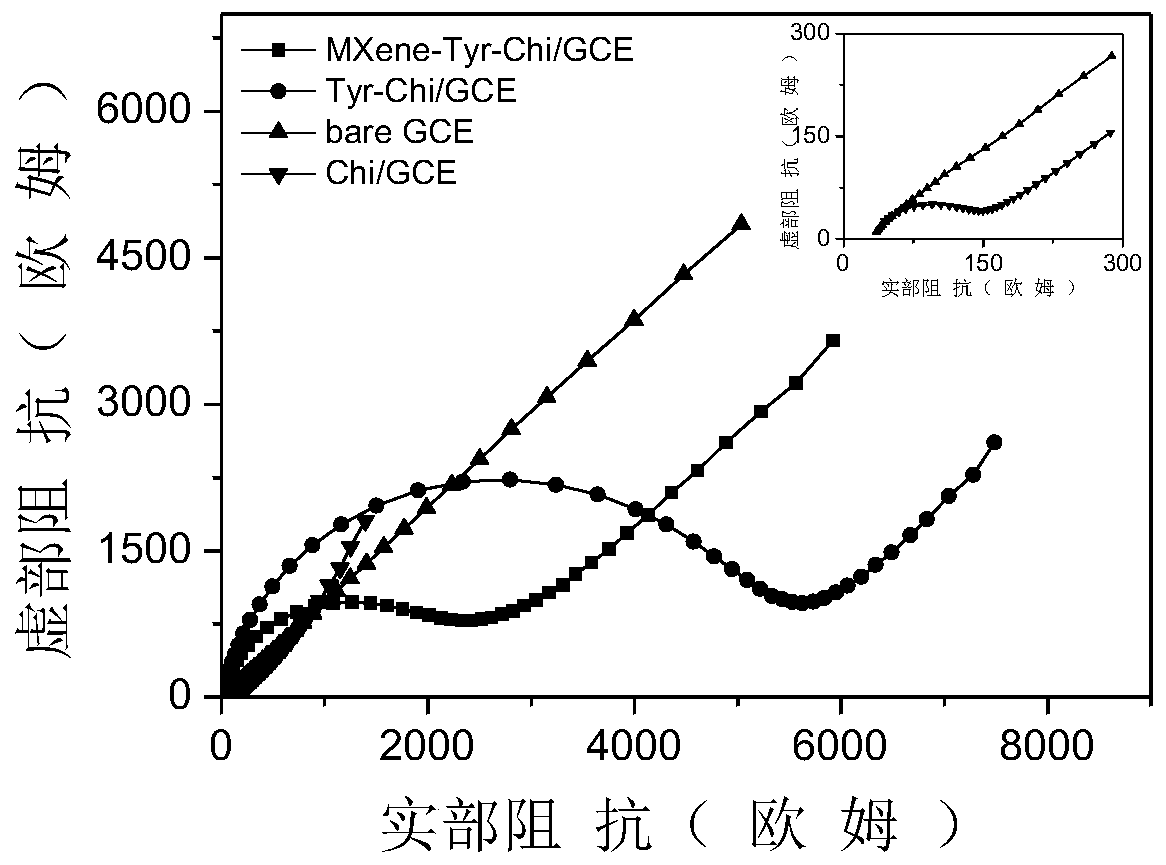An electrochemical biosensor based on two-dimensional titanium carbide and its application
A biosensor, electrochemical technology, applied in the field of biosensors, to achieve the effects of simple sample pretreatment, low preparation cost, and ultra-high sensitivity
- Summary
- Abstract
- Description
- Claims
- Application Information
AI Technical Summary
Problems solved by technology
Method used
Image
Examples
preparation example Construction
[0040] The specific steps of the preparation of the tyrosinase electrochemical biosensor and the detection process of the sample are as follows:
[0041] (a) MXene-Ti 3 C 2 After mixing with water and ultrasonic pretreatment, MXene-Ti 3 C 2 of the dispersion.
[0042] (b) dissolving chitosan in 2% acetic acid solution to obtain chitosan solution.
[0043] (c) MXene-Ti 3 C 2 The dispersion was mixed with tyrosinase phosphate-buffered saline and shaken at room temperature for 0.5 hours.
[0044] (d) Chitosan solution was added to MXene-Ti 3 C 2 Mix well with the composite material solution formed by enzyme molecules, take 5 μL of the above-mentioned MXene-Ti 3 C 2 - A composite solution of tyrosinase-chitosan (MXene-Tyr-Chi) was added dropwise to the surface of the polished glassy carbon electrode, and left to dry at room temperature to obtain an electrochemical biosensor.
[0045] MXene-Ti of the present invention 3 C 2 Preferable chemical liquid phase etching method...
Embodiment 1 2
[0050] Embodiment 1 two-dimensional crystal material MXene-Ti 3 C 2 The preparation and characterization of
[0051] Preparation of MXene-Ti by chemical liquid phase etching 3 C 2 : First put 1g Ti 3 AlC 2 The powder was slowly added to 120mL of 40% hydrofluoric acid solution, and stirred and reacted at room temperature for 72 hours; the obtained product was centrifuged to collect solid matter, washed repeatedly with deionized water, and dried in a vacuum oven for later use. The drying temperature is 60°C, and the drying time is 12 hours.
[0052] The MXene-Ti prepared above was analyzed by TEM and XRD 3 C 2 The morphology and structure were characterized. Picture 1-1 , Figure 1-2 MXene-Ti 3 C 2 TEM and XRD patterns. from Picture 1-1 As can be seen from the TEM images in the MXene-Ti 3 C 2 It has a multi-layer sheet structure similar to graphene, and its large specific surface area can provide a large number of active sites for enzyme attachment, and provide a ...
Embodiment 2
[0053] Embodiment 2 Tyrosinase electrochemical biosensor preparation
[0054] Glassy carbon electrode assembly steps:
[0055] (a) Polish the surface of the glassy carbon electrode with aluminum oxide powders with particle sizes of 1 μm, 0.3 μm, and 0.05 μm, and then repeatedly ultrasonically clean it in absolute ethanol and deionized water, and then blow the electrode surface with high-purity nitrogen. Dry and set aside. Put in 1mmol L -1 In the potassium ferricyanide / potassium ferrocyanide solution (molar ratio 1:1), scan the cyclic voltammetry curve between -0.1V and +0.6V. The redox peak potential difference of the curve is less than 70mV, indicating that the redox reaction on the surface of the glassy carbon electrode is a completely reversible reaction, and the electrode polishing is in good condition, and the next experiment can be carried out.
[0056] (b) MXene-Ti 3 C 2 - Construction of tyrosinase composites. MXene-Ti 3 C 2 After mixing with water, 0.8mg / mL M...
PUM
 Login to View More
Login to View More Abstract
Description
Claims
Application Information
 Login to View More
Login to View More - R&D
- Intellectual Property
- Life Sciences
- Materials
- Tech Scout
- Unparalleled Data Quality
- Higher Quality Content
- 60% Fewer Hallucinations
Browse by: Latest US Patents, China's latest patents, Technical Efficacy Thesaurus, Application Domain, Technology Topic, Popular Technical Reports.
© 2025 PatSnap. All rights reserved.Legal|Privacy policy|Modern Slavery Act Transparency Statement|Sitemap|About US| Contact US: help@patsnap.com



